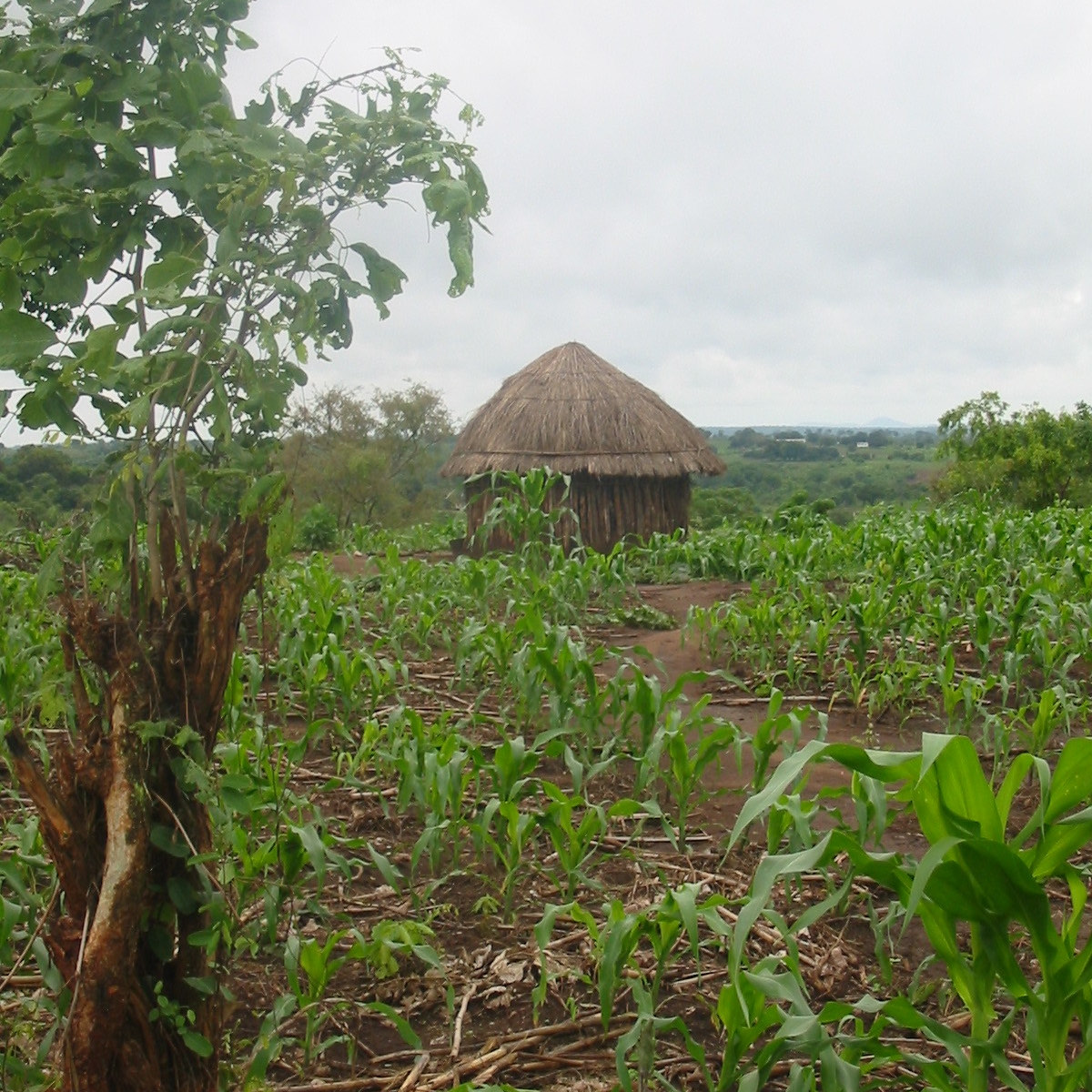 Plant Biology
Plant Biology
Crop yield responses to conservation agriculture in Africa
Authorities have promoted conservation agriculture as a panacea for sustainable intensification of food production in Africa. Yet, claims that it increases crop yields on African farms remain controversial. Although conservation agriculture helps to control soil degradation, it is not a technology for African smallholder farmers to overcome low crop productivity and insecurity in the short term.

Food demand in sub-Saharan Africa will increase drastically in the coming decades due to rapid population growth and a rise in wealth. Maize is the main African staple crop in terms of calorie intake. However, yields are low and have been stagnating. For example, average yields of rainfed maize range from 15 to 25% of the potentially achievable yields in most African countries, indicating a large scope for agricultural intensification – improvement of agricultural productivity.
Good agronomic practices are key for increasing crop yields in a sustainable way, not just in Africa, but globally. Conservation agriculture is one of these global practices used for sustainable intensification of crop production. It combines three principles: minimum soil tillage, mulching and crop rotation or intercropping. Tillage means mechanical loosening of soil such as ploughing or overturning. Mulching is a process of covering the ground, in this case, with crop residues. Crop rotations require planting different crops sequentially in the same area while intercropping means growing two or more crops together.
Conservation agriculture first emerged on large mechanized farms in North and South America to revert soil degradation. In the early 2000s, the success with conservation agriculture in the Americas sparked an interest for Africa. Several development organizations and funding agencies established programs to introduce conservation agriculture in Africa to increase crop yields, thereby ensuring food security. Several countries of Eastern and Southern Africa even made it part of the government agricultural policy. Despite these efforts, few smallholder farmers in Africa adopted the conservation agriculture practices. This has incited an international debate on the actual crop yield benefits of conservation agriculture and its applicability for smallholder agriculture.
The effects of conservation agriculture on crop yields are complex to assess. Conservation agriculture is not a single technology but a package of management practices whose actual implementation varies among farmers. Therefore, it is important to better understand which principles of conservation agriculture and related management practices contribute to the desired effects on crop productivity, particularly given the difficulties that African farmers face to adopt all principles of the package.
We analyzed the results of previously performed experimental studies to compare the conservation agriculture practices to the conventional cropping practices based on tillage in sub-Saharan Africa. By doing this, we aimed to contribute to more effective targeting of investments in conservation agriculture research and development in Africa. Compared with conventional cropping, conservation agriculture slightly increased crop yields by an average of 4%. Crop yield increased around 1% each year upon the continuous implementation of conservation agriculture.
The yield benefits resulted principally from mulching and crop rotations or intercropping. Mulching with crop residues adds beneficial organic matter to the soil. This can increase crop productivity, especially in smallholder cropping systems with limited external nutrient inputs. Mulching also conserves soil moisture, so that crops use the available rainfall in a more efficient way. Crop rotations and intercropping disrupt crop pest, and disease habitats and life cycles.
The observed small yield gains achieved with conservation agriculture are, however, meaningless for a farm household in terms of better food self-sufficiency and income. Unlike on large mechanized farms, eliminating ploughing reduces cost only modestly. The long-term nature of the conservation agriculture effects is unlikely to encourage farmers to adopt the practices since they often face short-term time horizons and immediate needs. Besides, whereas mulching and crop rotations or intercropping are necessary for stronger yield responses, these practices are not easy to adopt by many African farmers who manage mixed crop-livestock systems. Crop residues have several other uses on the farm, especially as feed for livestock.
Our findings suggest that conservation agriculture does not overcome the immediate problems of poor crop productivity and food insecurity of smallholder farmers in Africa. Efforts should focus on a wider range of agronomic practices that are well-matched to the farming conditions of African smallholders, including the appropriate use of fertilizers and improved seeds.
Original Article:
Corbeels, M., Naudin, K., Whitbread, A. M., Kühne, R. & Letourmy, P. Limits of conservation agriculture to overcome low crop yields in sub-Saharan Africa. Nat. Food 1, 447-454 (2020).
Next read: Genetics agrees: Africa is thriving in diversity by Neil Hanchard , Ananyo Choudhury , Zane Lombard
Edited by:
Isa Ozdemir , Senior Scientific Editor
We thought you might like
Enhancing cassava for better nutrition in every bite
Sep 17, 2019 in Plant Biology | 3.5 min read by Nigel J. Taylor , Narayanan NarayananMosquito travel diaries: destinations, routes, stowaways, and … cost
Dec 10, 2020 in Health & Physiology | 4 min read by Tovi Lehmann , Ben J. Krajacich , Roy FaimanMore from Plant Biology
Unravelling the Secrets of Pine Roots: A Tale of Nutrition and Adaptation
Oct 20, 2023 in Plant Biology | 3.5 min read by Rafael Cañas , Francisco OrtigosaStressful memories help plants resist caterpillars
Oct 2, 2023 in Plant Biology | 3.5 min read by Samuel Wilkinson , Adam Hannan Parker , Jurriaan TonDecoding the genome of a jackfruit that grows all year round
Sep 6, 2023 in Plant Biology | 3.5 min read by Tofazzal IslamLife after logging: the tale of recovering tropical forests
Aug 21, 2023 in Plant Biology | 3.5 min read by Maria Mills , Terhi RiuttaEditor's picks
Trending now
Popular topics


